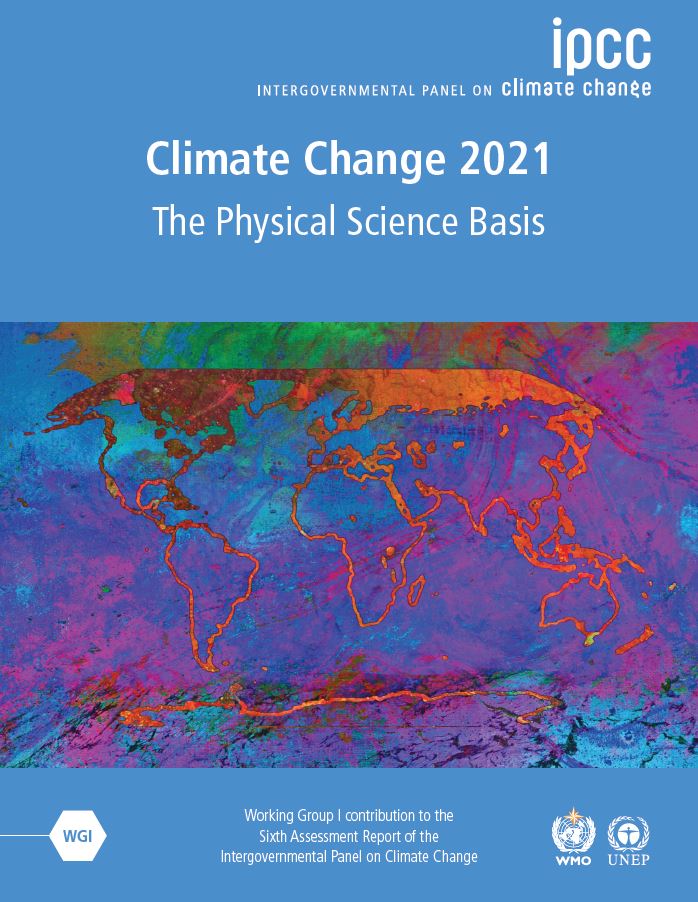You can watch the online talk called “Are we prepared for what is coming? Dam safety management under the influence of climate change effects” that I gave for IHE Delft on the 20th of November 2020 within the framework of the River Basin Development online seminars.
As part of the Climate change, hydrology and geosciences talks, I presented the main aspects and findings of my thesis.
These online seminars are organized on behalf of the River Basin Development chair group. You can check here the rest of the seminars organized by the group (user registration and enrolment are necessary).




